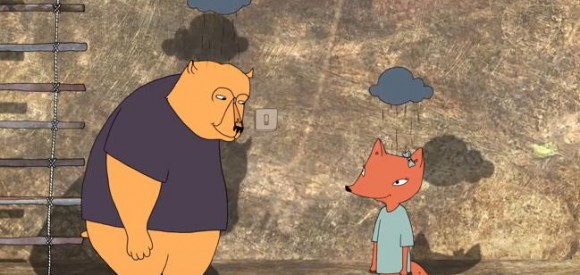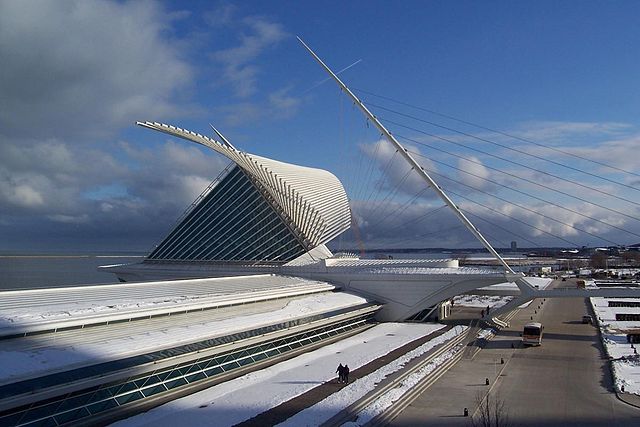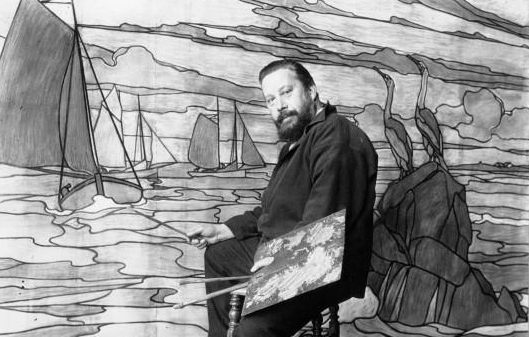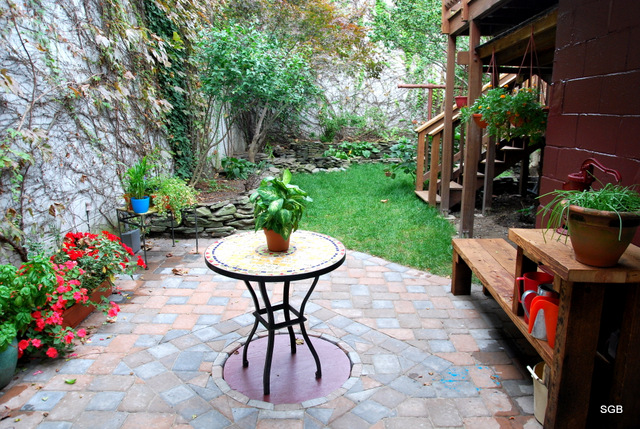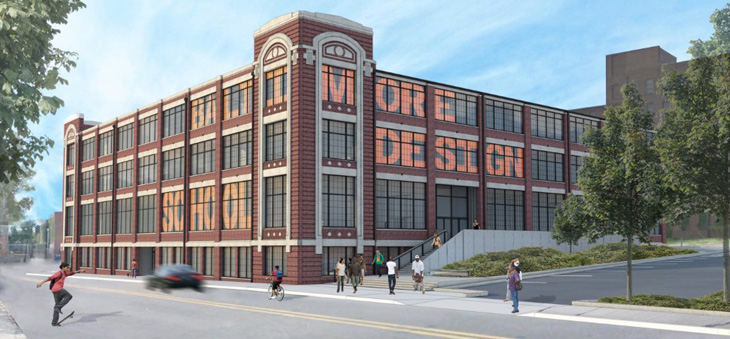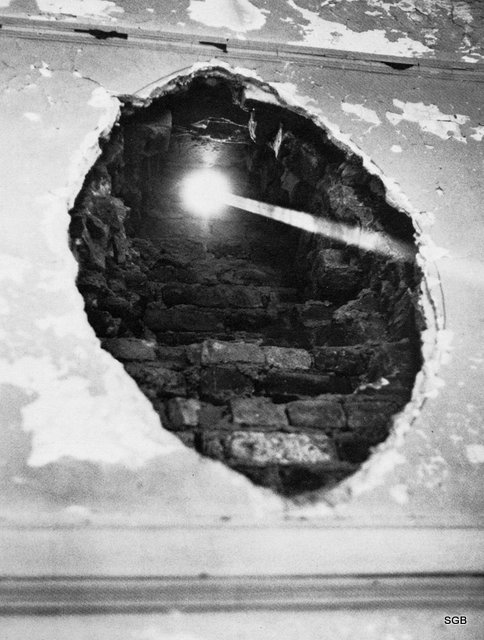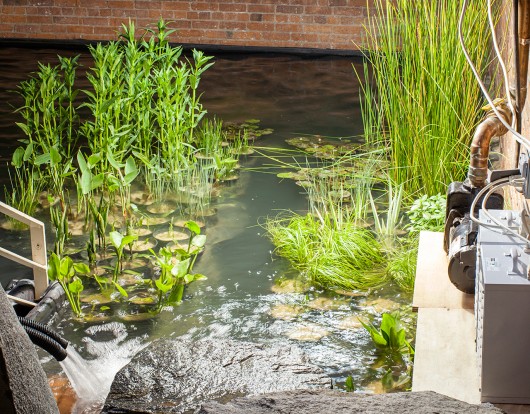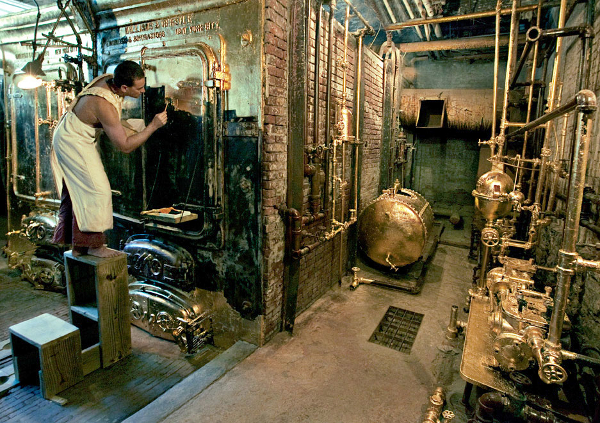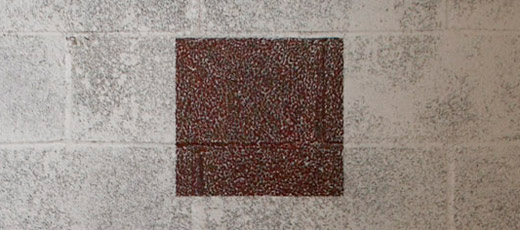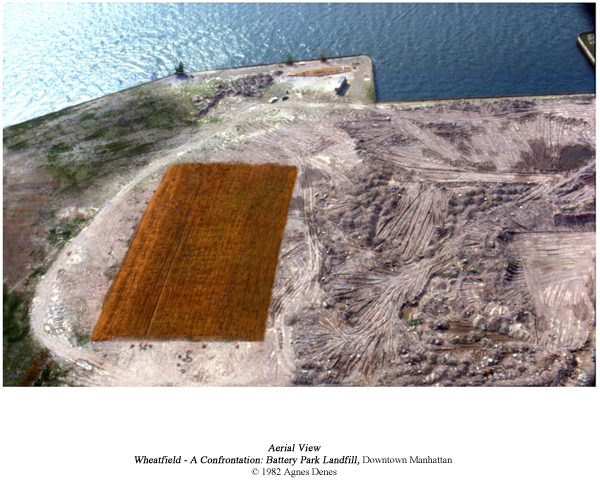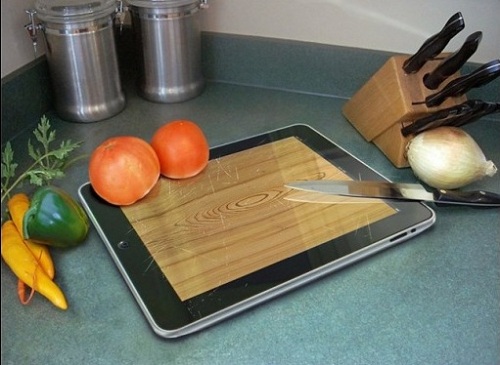
Digital technology is all the rage in art galleries and museums, or at least the thought that we should all be using it. But placing an iPad next to a priceless object with the exact contextual information that could be conveyed on a plaque is not an effective use of technology. It is merely the same old idea in a new medium. Worse than that, it lacks the appreciation of what the new medium can do. When used the right way, technology does truly present an opportunity to bring an old institution like a museum into the 21st century and provide greater access to human understanding.
I am pleased to say that I have not seen the offending iPad example in person. However, in conversations with people in social change fields, including museums, I have certainly cringed at the presentation of “innovative” ideas for technology deployment that even my grandmother would consider dated. Yes, it is a step further to use a screen to convey rich media (video, pictures) but this still leaves so much unsaid and undone. These are supercomputers not analog televisions. Computers, phones, notebooks and more could open up numerous opportunities for an institution like a museum.
Those opportunities converge on three key concepts: unexpected relationships, human relationships, and money.
In very simple terms, computers collect data and return data. That data can be stored, manipulated and analysed in a variety of ways between input and output. An institution has the opportunity to program a computer to prompt a certain response from an audience and provide feedback. For instance, an application on an electronic tablet next to an object could lead a user through a series of questions. Based on the response to the questions, the computer could provide more information that is targeted to that audience member and therefore more relevant and engaging. Or the application could make recommendations on other objects or exhibits in the museum that might be of interest. The computer could expand horizons of the audience member by making connections they would not otherwise have made.
Along with algorithms to create opportunities for personal discovery, technology could heighten connections to other humans. Assuming data is collected, there is an opportunity for it to be stored and communicated. I think a quirk in being human is our fixation to know where we stand in relation to others. We enjoy knowing what other people think, and if nothing else we love knowing how we compare. We enjoy reading comments on blog posts (hint hint) because they give us new perspectives and may convince us we are not crazy after all. Learning what other people are experiencing in relation to objects could be a powerful enhancement of human understanding and learning.
Finally I think museums are missing a significant revenue opportunity. Technology provides easy access to information from your audience. Input into a computer can tell you a lot about the person putting the data into the device. Completely anonymous answers to questions that heighten the experience an individual has on a cultural field trip could be valuable. The data collected could expose what the audience is thinking and what they value. If you know what someone holds dear, you likely have the opportunity for a financial exchange.
Technology is a powerful tool when it is deployed to it fullest potential. It could help museums fulfill their mission and put some money in the bank.

